Pathways to development — where Pakistan stands
Post elections important issue facing new government will be reviving Pakistan’s economy, raising living standards
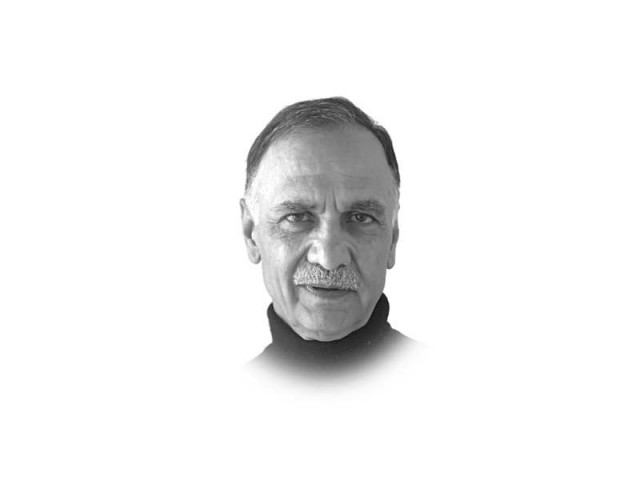
Post elections the most important issue facing the new Government will be how to revive Pakistan’s ailing economy and raise living standards. It may therefore be useful to ask: what are the fundamental factors that determine the development trajectory of a country? and what would it take to convert a developmental failure into a development success?
I have worked as an economist for the last 40 years, mainly in Asia, Africa and Europe. A few of the countries I worked in have done spectacularly well. I have seen others go into a rapid downwards spiral. Most, however, have managed to grow, albeit erratically, and at rates that are well below their potential. As a result, they have failed to substantially increase incomes and living standards, or reduce poverty.
Top of the list of success stories I have seen is China. I started working there in the mid-1980s when GDP per capita was below US$300 — less than that of Pakistan. GDP per capita has since grown to almost US$13,000 in 2022; more than a 16 fold increase after taking account of inflation. Another highly successful country I worked in is Vietnam. I started there in the early 1990s when GDP per capita was around US$150 and the most common form of transport, even in major cities such as Hanoi, was a bicycle. GDP is now over US$4,000 — a fivefold increase in real terms. Cycling is now a sport and not a form of transport. In comparison, real per capita GDP in Pakistan has risen only 60% in the last three decades.
I have also seen countries go in the opposite direction — countries such as Afghanistan, Sudan and Eritrea. Major unresolved social and economic contradictions meant that conflict and crises would frequently flare up and persist for years or even decades. But I have also seen living standards plunge in relatively well-off countries such as Georgia, Bosnia and Iraq which found themselves in the cross hairs of global or regional tensions and wars.
There are, in my view, a set of “first order conditions” that are necessary for development. My list would include: law, order and security; a stable macroeconomic environment that encourages savings and investment; an independent central bank tasked to manage inflation and the exchange rate; a strong education and innovation systems with a particular focus on digitisation; openness to foreign investments, trade, travel and technology; and construction and maintenance of essential public infrastructure and services, including health services. I do not want to suggest that this is an exhaustive list and others may wish to add factors such as the availability of natural resources, a favourable climate and a good geographic location.
I would also suggest a negative list. My list includes the absence of war, invasion and exploitation by external powers; the absence of political polarisation and deep-seated ethnic and religious fault lines; the absence of elite capture of public resources and of key governance structures and intuitions; and the absence of corruption among those in power.
However, meeting the first order conditions is no guarantee of success. In order to ensure some level of sustained growth and development a series of “second order conditions” needs to be met. I would list three that I think are important.
First, the presence of a national leadership that has a focus on development. Governments in all developing countries would claim to have such a focus but often lack the courage to address the most glaringly inefficiencies or implement the most basic reforms due to fear of alienating powerful groups inside or outside the country. Moreover, in many cases the objective of Government policies is prestige numbers such as a strong exchange rate or high levels of foreign direct investment, rather than development that benefits the bulk of its population including marginalised groups.
A second factor is the presence of strong implementation capacity. Most developing countries have systems of civil service inherited from colonial times. These colonial systems were based on a commonality of interests and work ethic between the political leadership and the bureaucrats; and a social and cultural distance between Government and the rest of the population. These factors allowed the bureaucracy to operate in close synergy with the Government policies, unhindered by local powers and influences.
But these systems have generally proved inadequate to the post-colonial period. Civil servants often find themselves caught in a sticky web of conflicting interests. These include demands from the political leadership to favour a particular group or set of persons, extract rent from the provision of services and construction contracts, and try to achieve conflicting targets such as strong export growth and while defending an overvalued exchange rate. They also face resistance to change and reforms from their staff, many of who are recruited on the recommendation of politicians and other interest groups.
The third and the most important factor is the availability of a strong technical capacity in strategy and policy formulation. High quality analysis and advice is available, both from domestic universities and think tanks, as well as from UN agencies, International NGOS, the IMF, the World Bank and regional development banks. However, politicians often consider such advice as unreliable and, in the case of analysis done by development partners, tainted by a “Western Agenda”.
Currently Pakistan presents a poor scorecard with regard to the preconditions to development. More worryingly, most political parties do not have the policymaking capacity to address these basic building blocks of development. As a result, their manifestoes are largely wish-lists — higher growth rates, lower inflation, billions of dollars of exports and millions of new jobs. There is a glaring lack of any credible roadmap of how these will be achieved — and how basic problems of economic and social stability, of debt and deficits, of corruption and lack of implementation capacity will be addressed.
One can only hope that with elections out of the way, the demagogy, name-calling, mudslinging and hollow promises will stop. And, that whoever comes to power will give priority to the creation of a detailed and realistic plans for broad-based development and for creating the necessary preconditions for growth.
Published in The Express Tribune, February 9th, 2024.
Like Opinion & Editorial on Facebook, follow @ETOpEd on Twitter to receive all updates on all our daily pieces.

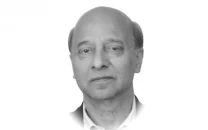







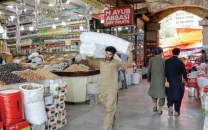
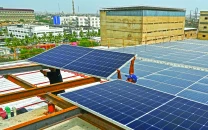
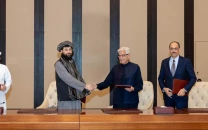
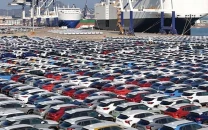


COMMENTS
Comments are moderated and generally will be posted if they are on-topic and not abusive.
For more information, please see our Comments FAQ